Network Topology
 Abang Ayoma
Abang Ayoma 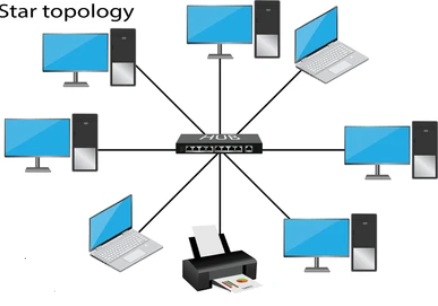
Imagine you're setting up a group of friends to pass notes to each other, and you're trying to figure out the best way for everyone to share messages. The way you connect your friends is like a network topology – it’s how different devices (like computers) are arranged and communicate in a network. Let’s walk through four main types of network topologies: bus, ring, star, and mesh, using this storytelling analogy.
1. Bus Topology: The Single Road Approach
Think of a bus topology like one long road that runs through a town, with houses (devices) on either side. The road represents a single communication line, and everyone in their house (computers or devices) can access it.
How it works:
Everyone shares this single road to send messages. You write your note, and when you put it on the road, it travels past every house.
If your friend is two houses down, your note passes the first house, and if it’s not for them, they just ignore it.
If someone sends a message at the same time you do, there can be a traffic jam (called a collision), and both messages might get lost or scrambled.
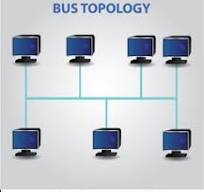
Advantages:
Easy and cheap to set up because you only need one main road (cable) to connect everyone.
Works well for small networks.
Disadvantages:
If the road (cable) breaks, no one can send or receive messages because the whole communication line is down.
The more houses (devices) you add, the slower the traffic gets, because everyone has to wait for their turn to send a message.
2. Ring Topology: The Circle of Friends
Now imagine that instead of one road, you and your friends are sitting in a circle, passing notes around. This is ring topology.
How it works:
In a ring, each friend (device) is connected to two others, like links in a chain. The note travels from one person to the next, going around the circle until it reaches the right person.
There’s a sense of order here: each message flows in one direction (clockwise or counterclockwise) and passes through every friend before it reaches the person it’s meant for.
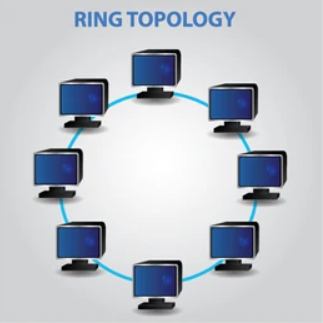
Advantages:
Because the message moves in one direction, there are fewer chances of collisions (no traffic jams).
If you’re organized, it can work efficiently without a lot of delays.
Disadvantages:
If one friend in the circle leaves (a break in the network), the whole circle is broken, and messages can’t travel.
Adding more people can make the network slower, as each message has to pass through more friends.
3. Star Topology: The Friendly Hub
Imagine now that you have a leader (a hub, switch or Router) standing in the middle of a group of friends, and everyone is connected to the leader with their own direct path. This is a star topology. Remember, everybody is connected to the leader!.
How it works:
Every friend (device) communicates directly with the leader (central hub). If you want to send a note to someone, you give it to the leader, and they pass it along to the right person.
The leader manages all communication and makes sure that everyone gets the messages they need.
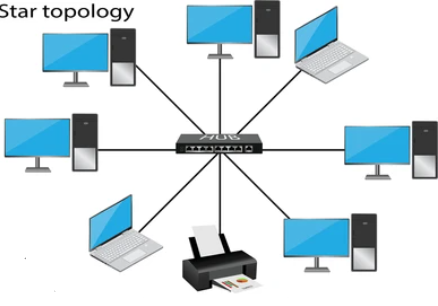
Advantages:
It’s easy to add more friends (devices) because you just connect them to the leader.
If one person’s path breaks, only that person is affected – everyone else can still send messages.
Disadvantages:
If the leader (hub, switch or Router) gets tired or stops working, the whole group stops being able to communicate.
The hub can get overwhelmed if too many people are sending messages at the same time, which can slow things down.
4. Mesh Topology: The Everybody’s Connected Approach
Now let’s imagine that every single friend is directly connected to every other friend. No need for a leader or a road – this is a mesh topology.
How it works:
Everyone has a direct line to everyone else. If you want to send a message to someone, you send it straight to them – no middleman needed.
There are two types of mesh: full mesh, where every friend is connected to every other friend, and partial mesh, where most people are connected, but not everyone.
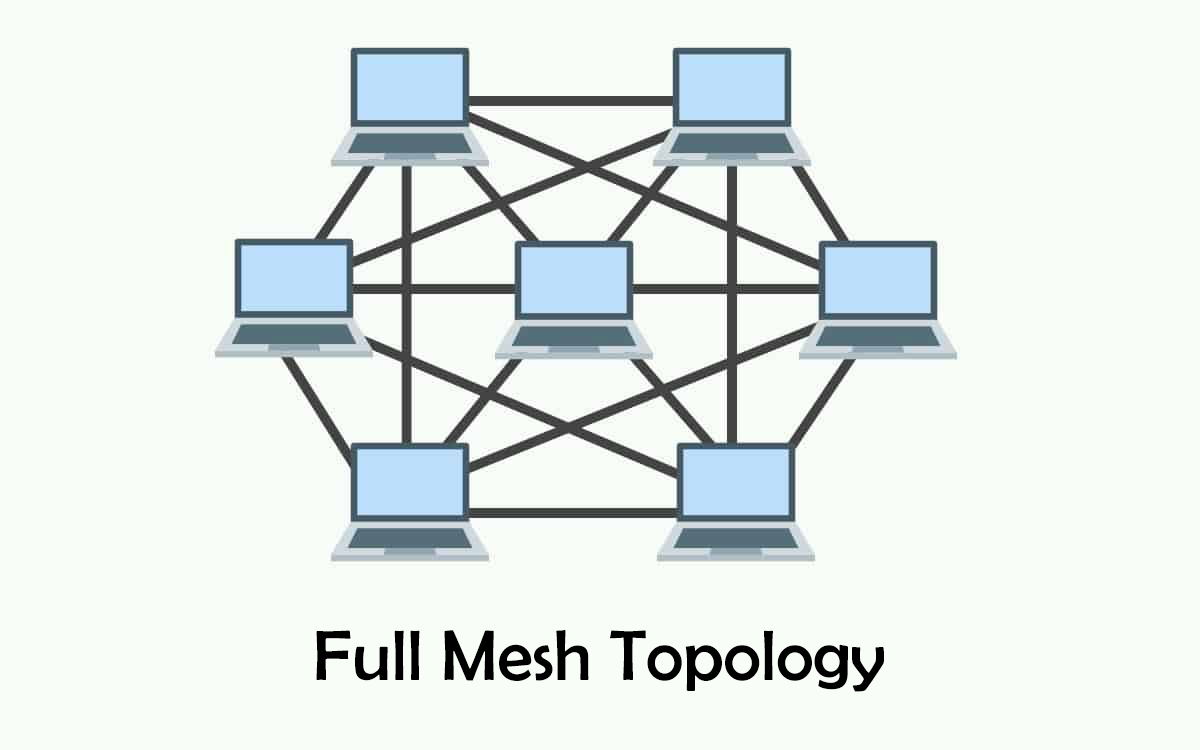
Advantages:
It’s super reliable! If one connection goes down, you can always find another path to send your message.
Because everyone is connected, messages don’t have to travel far, and there’s less chance of traffic jams or delays.
Disadvantages:
Building all those connections takes a lot of effort (more cables or wireless links).
It can get complicated to manage as more friends (devices) are added.
Conclusion of the Whole Matter:
Bus Topology: One road shared by everyone; simple but fragile.
Ring Topology: A circle of friends, where messages go around in one direction; efficient but breaks easily.
Star Topology: Everyone is connected to a central leader; easy to add people but vulnerable if the leader fails.
Mesh Topology: Everyone is connected to everyone else; very reliable but complicated to set up.
So, depending on how many devices you want to connect and how reliable you need the network to be, you’ll choose a different topology. Each one has its strengths and weaknesses, just like different ways of passing notes to your friends!
Subscribe to my newsletter
Read articles from Abang Ayoma directly inside your inbox. Subscribe to the newsletter, and don't miss out.
Written by
